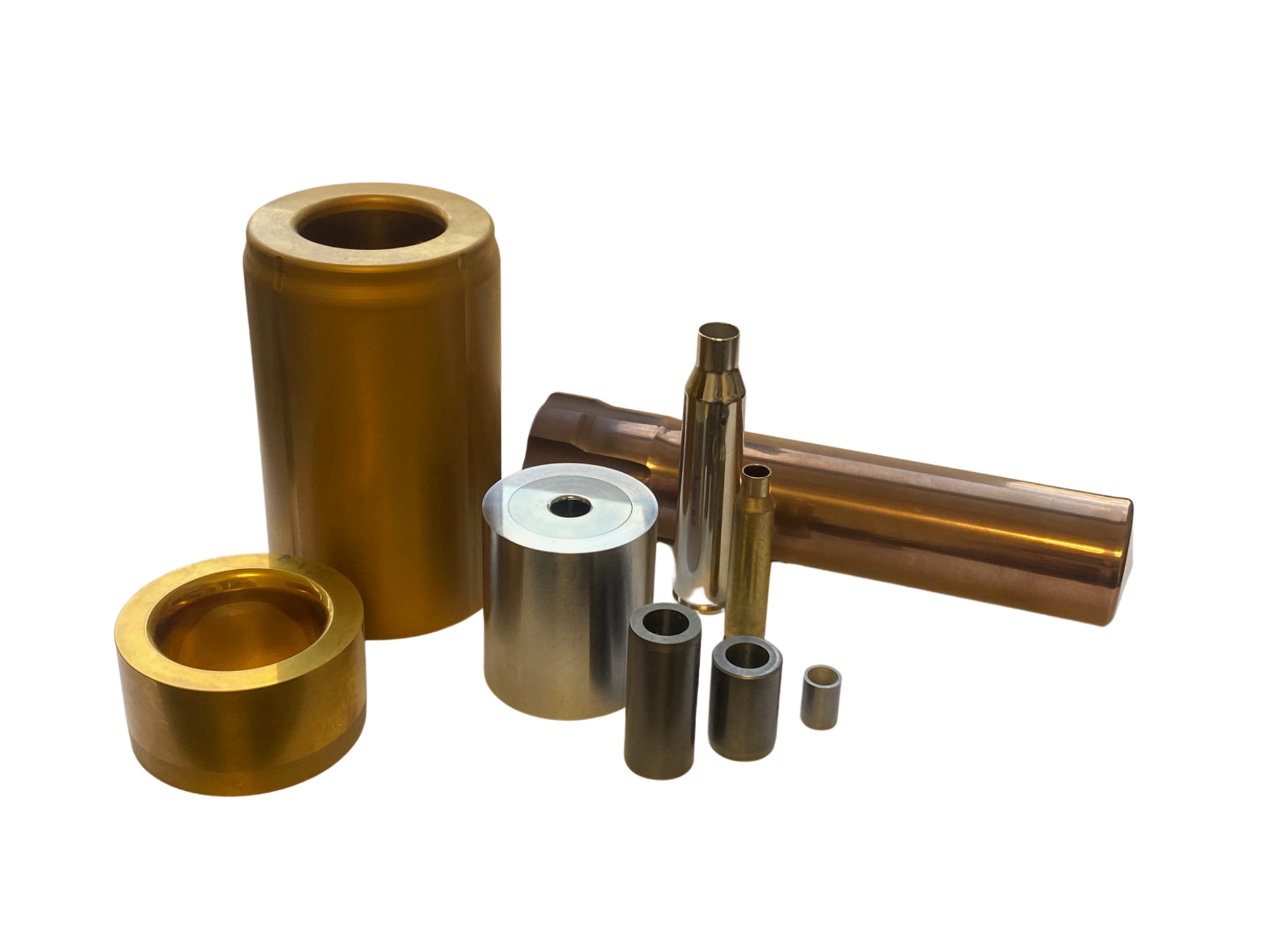Carbide is an incredibly strong and versatile material used in various industries. From cutting tools to wear-resistant parts, its applications are numerous. But what exactly is carbide, and how is it made?
This blog post will explore the composition of carbide, its manufacturing process, and some of its most common uses. Whether you’re already familiar with carbide or just starting to learn about it, this post will provide valuable insights into this remarkable material.
Composition of Carbide
Carbide is not a single material but a composite. It combines different materials to create something new with enhanced properties.
The primary ingredient in most carbides is tungsten carbide. This compound provides the extreme hardness that makes carbide so useful. However, tungsten carbide alone is quite brittle. That’s where the second key component comes in: the binder.
The binder, typically cobalt, holds the tungsten carbide particles together. It acts like a glue, adding strength and toughness to the material. The amount of binder influences the properties of the final carbide product. A higher cobalt content generally increases toughness but can slightly reduce hardness.
Manufacturers create different grades of carbide by varying the ratio of tungsten carbide to cobalt. Each grade offers a specific combination of properties, enabling the production of carbide materials optimized for various applications. For example, a grade with higher wear resistance is ideal for cutting tools, while a tougher grade is better suited for dies.
Carbide Manufacturing Process
Carbide production relies on a process called powder metallurgy. This method involves creating objects from metallic powders. It differs from traditional metalworking techniques that use molten metal. Here’s a simplified breakdown of the process:
Mixing the Ingredients
The process starts with fine powders of tungsten carbide and the binder material (usually cobalt). These powders are carefully measured and mixed to achieve the desired carbide grade. Other additives might be included to enhance specific properties.
Pressing into Shape
Next, the powder mixture is pressed into a mold. This compacting process gives the carbide object its initial form. The pressure applied during this stage is crucial for achieving the required density and strength.
Sintering for Strength
The pressed compact then undergoes sintering. This involves heating the material to a very high temperature, below the melting point of tungsten carbide. During sintering, the binder melts and flows between the tungsten carbide particles. As it cools, it solidifies, bonding the particles together and creating a solid, durable material.
Achieving Different Forms
The powder metallurgy process allows manufacturers to produce carbide in various shapes and sizes. Simple shapes often come directly from the sintering process. More complex geometries may require additional steps like machining or using preformed carbide blanks. These preforms provide a near-net shape, reducing the amount of machining needed to create the final product.
Common Applications of Carbide
Carbide’s strength and wear resistance make it a valuable material across many industries. Let’s explore some of its most common applications:
Carbide Tooling
Carbide plays an important role in various cutting tools. These include drill bits, end mills, inserts for lathes, and more. Carbide tooling offers several advantages over tools made from other materials:
- Increased Cutting Speed: Carbide’s hardness allows for faster machining speeds, boosting productivity.
- Improved Precision: Carbide tools maintain their sharp cutting edges longer, leading to higher accuracy and better surface finishes.
- Extended Tool Life: Carbide’s wear resistance translates to longer tool life, reducing downtime and replacement costs.
Carbide Dies
Carbide dies are essential components in metal forming and stamping processes. They shape metal sheets or blanks into specific forms. Carbide dies excel in these applications due to particular characteristics, including:
- Resistance to Wear: They withstand the high pressures and friction involved in repeated stamping operations.
- Dimensional Stability: A carbide die maintains its shape and dimensions, ensuring consistent part quality.
Carbide Bushings
Carbide bushings serve as guides for tools or parts in various applications. They are often used in drilling operations to ensure accurate hole placement and in wear-prone areas to reduce friction and damage.
- Precise Guidance: Carbide bushings provide accurate alignment for drills or other tools.
- Wear Resistance: Their durability makes them ideal for high-wear applications.
Carbide Punches
Carbide punches are used in stamping, punching, and forming operations. They create holes or specific shapes in materials.
- Shape Retention: Carbide punches maintain their sharpness and shape even after repeated use.
- Impact Resistance: They can withstand the high-impact forces involved in punching operations.
Carbide Grinding
Carbide’s extreme hardness presents a challenge when it comes to shaping and sharpening. This is where carbide grinding becomes essential. It’s a precise process that uses specialized grinding wheels to achieve the required dimensions and surface finishes.
Different types of grinding operations are used depending on the carbide part:
- Surface Grinding: This creates flat surfaces on carbide workpieces.
- Cylindrical Grinding: This shapes the outside diameter of round carbide parts.
- Centerless Grinding: This is used for grinding cylindrical parts without the need for centers or chucks.
Carbide grinding requires careful control of various factors. These include the grinding wheel’s composition, the speed of the grinding wheel, and the amount of material removed. The goal is to achieve the desired shape and finish without damaging the carbide or causing excess heat buildup, which can affect its properties.
Advantages of Using Carbide
Why is carbide such a popular choice across various industries? It boils down to a few key advantages:
Exceptional Hardness
Carbide ranks among the hardest materials available, second only to diamond. This hardiness allows it to withstand significant wear and tear, making it ideal for applications involving high friction or abrasion.
Superior Wear Resistance
Compared to steel and many other materials, carbide exhibits remarkable wear resistance. This characteristic translates to longer-lasting tools and components, reducing the need for frequent replacements.
High Strength and Durability
Carbide can withstand high forces and impacts without deforming or breaking, making it suitable for demanding applications in industries like manufacturing and mining.
Temperature Stability
Carbide retains its properties even at high temperatures, unlike some materials that soften or lose their strength when heated. This stability makes it ideal for applications involving high-speed machining or hot work environments.
These properties make carbide a cost-effective choice in the long run. While the initial cost of carbide tools or parts might be higher than those made from other materials, their extended lifespan and reduced downtime often result in lower overall costs.
Key Takeaways
In summary, carbide is a remarkable material with diverse applications across numerous industries. Its exceptional hardness, wear resistance, and strength make it a top choice for demanding tasks, from cutting metal to shaping other materials. Whether you’re looking to improve the efficiency of machining operations, increase the lifespan of tools, or enhance the performance of wear-resistant components, carbide offers clear advantages.
Experience the benefits of carbide for yourself! Contact us today to discuss your requirements and discover how our high-quality carbide products can optimize your processes and improve your bottom line.



